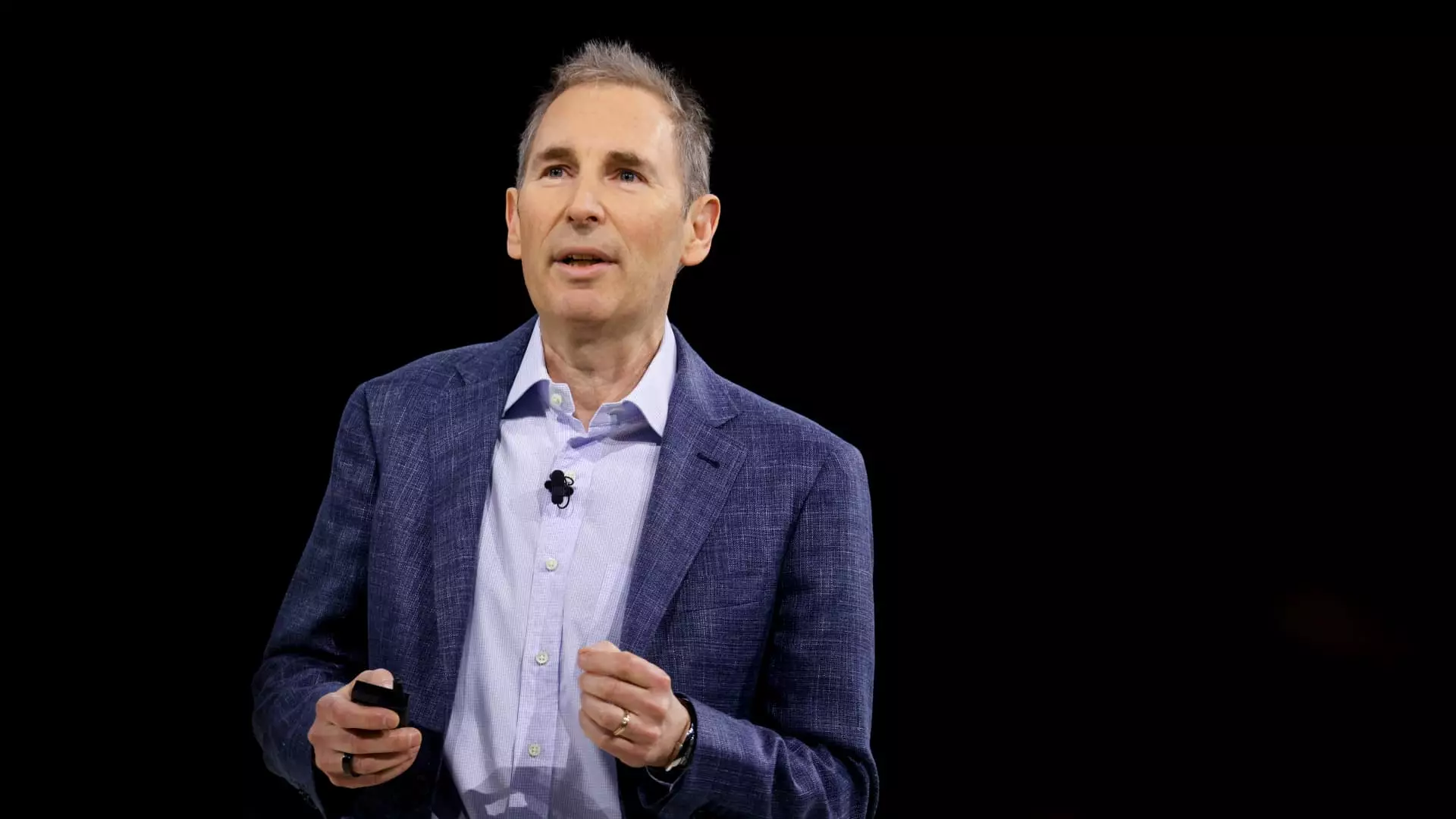The leadership at Amazon, under CEO Andy Jassy, has openly acknowledged a monumental shift in how artificial intelligence, especially generative AI, will reshape the workforce. This is not a subtle evolution but a rapid transformation that promises both disruption and opportunity. Jassy’s admission that AI will reduce the number of employees performing traditional tasks is a candid reminder that automation is accelerating beyond previous waves. Historically, every technological advancement has altered the labor market, and AI is the latest force compelling companies to reassess job structures. However, Jassy refuses to embrace a simple narrative of job loss; instead, he highlights the creation of new roles that AI will enable. The reality is more complex than mere downsizing—it’s a wholesale reinvention of work.
Balancing Efficiency with Innovation
AI is not just a cost-cutting tool but a catalyst for innovation according to Amazon’s strategy. By automating routine, repetitive tasks, AI frees employees from mundane duties, allowing them to focus on creativity, problem-solving, and building new products and services. This shift is vital not only for employee satisfaction but for the company’s long-term competitiveness. While fear of job cuts dominates headlines, the promise embedded in Jassy’s vision is that AI can enhance human potential rather than replace it outright. AI-powered agents and robotics are expected to improve efficiency and speed, enabling Amazon’s workforce to deliver services that were previously unimaginable or prohibitively expensive. This can lead to a more dynamic workplace where human ingenuity is paramount.
Industry-Wide Echoes of AI-Driven Change
Amazon’s experience is hardly unique. Across the tech sector, companies like Salesforce, Microsoft, Shopify, and Klarna are actively integrating AI to boost productivity. What is striking is the scale and speed of adoption. Salesforce’s CEO Marc Benioff’s claim that AI handles 30%-50% of work illustrates how entrenched AI tools are becoming in everyday operations. Klarna’s 40% reduction in headcount underscores a harsh reality—AI is a decisive factor in workforce reduction, but one achieved through strategic reinvestment and natural attrition, not just layoffs. These trends signal that AI is not a distant, optional enhancement but a fundamental operational pivot that companies must embrace or risk obsolescence.
Challenges Beyond Technology
While the focus on AI’s practical benefits is understandable, there is an underexplored tension between embracing technological progress and managing human consequences. Amazon’s impressive job cuts—more than 27,000 roles since 2022—highlight the human cost behind efficiency gains. Investors have yet to reward Amazon’s stock with the enthusiasm shown for peers like Meta or Nvidia, reflecting skepticism about short-term disruption and longer-term growth. The challenge for leaders like Jassy lies in navigating this transition responsibly: ensuring that workforce reductions are balanced with meaningful job creation and that displaced employees are supported. The real measure of AI’s success will be how companies manage this human-technology balance rather than just how many processes it can automate.
Reimagining the Future of Work
The rapid integration of AI into large enterprises like Amazon spells a profound redefinition of the workplace. It demands a shift in mindset where automation is seen not as an adversary, but as a partner augmenting human capabilities. Yet, this optimistic vision requires active management—careful upskilling, role redesign, and strategic planning to help the workforce evolve alongside technology. The tension between efficiency and empathy will characterize the next phase of corporate transformation. Amazon’s approach, while bold and inevitable, will serve as a bellwether for how tech giants and industries at large harness AI’s true potential to create a more dynamic, fulfilling, and competitive future of work.

